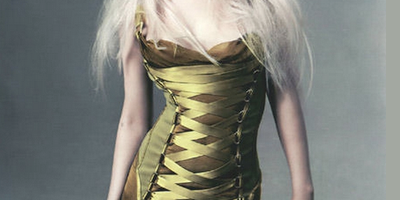Photo Trends
Wondering how to expose both sides of a roll of film or where to find that trendy dress appearing in every photoshoot on the internet? We report on all the photo trends—no matter how silly—right here.
Latest Photo Trends Stories
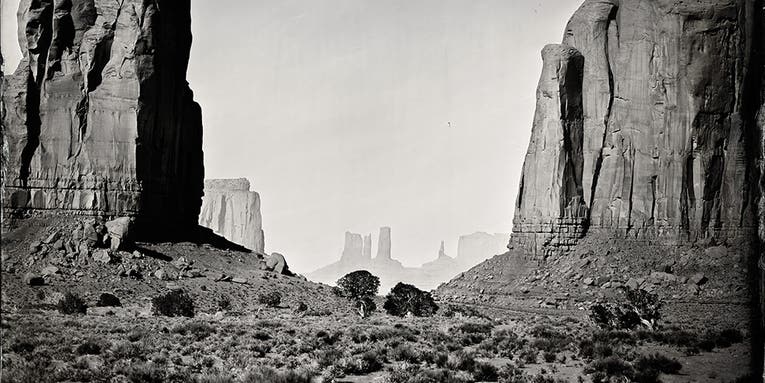
The rebirth of tintype: an old photographic medium is revitalized
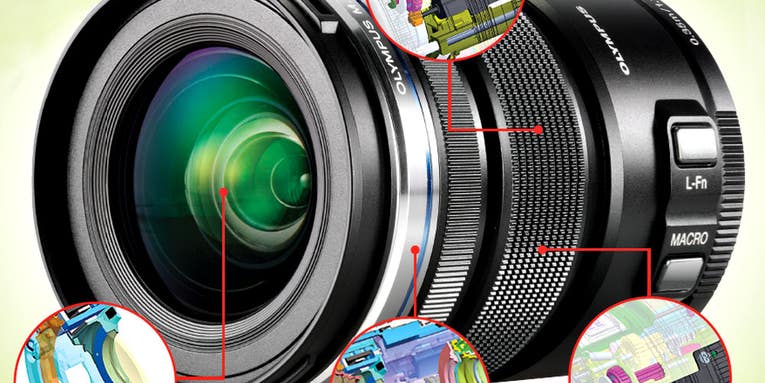
The Future of Photography: A Look at the Latest Trends in Camera Technology
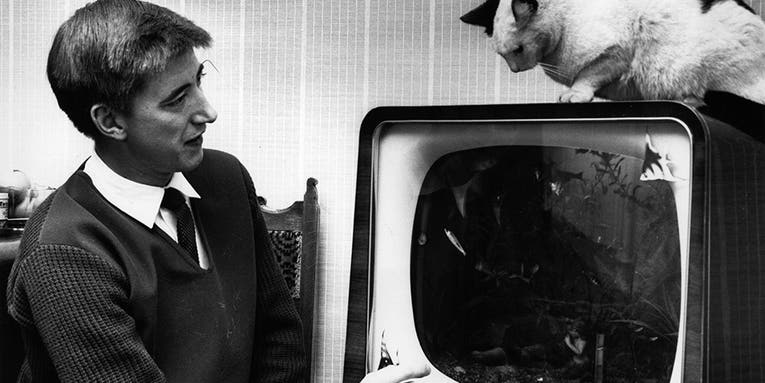
Vintage photos of cats prove that felines have a timeless style.
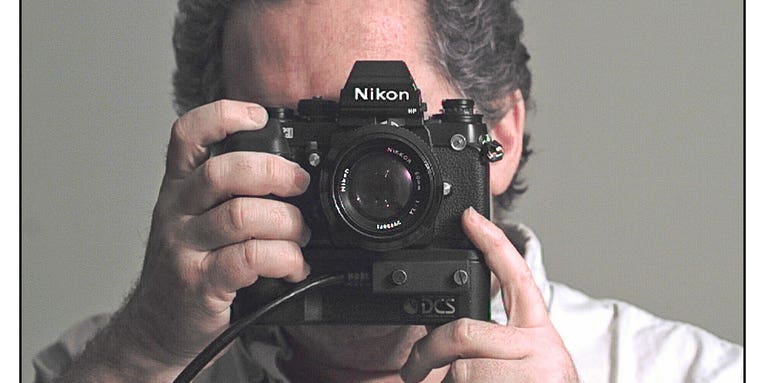
Photographer Records Self-Portraits With Decades Of Digital Cameras
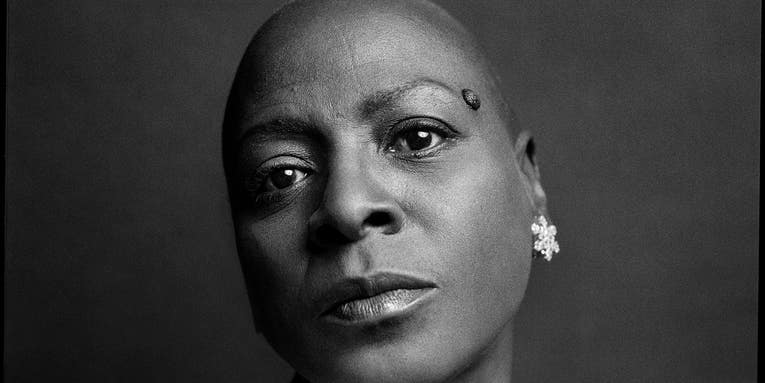
Jesse Dittmar on the art of the celebrity portrait
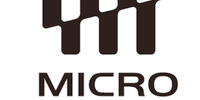
Zeitgeist Watch: The New D-SLR Backlash

Trend Watch: Paparazzi Product Placement
